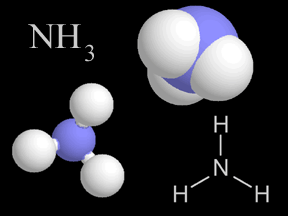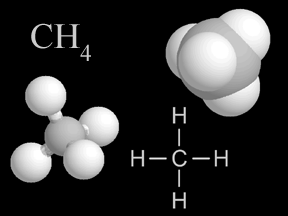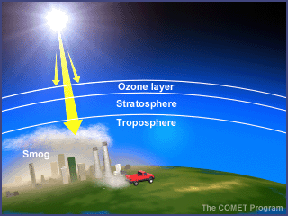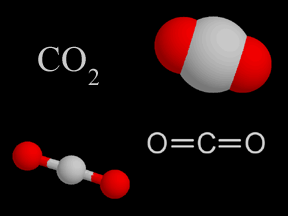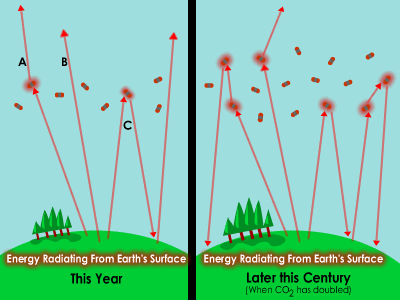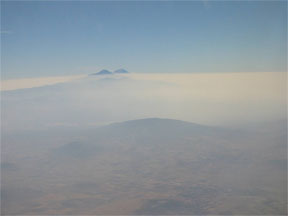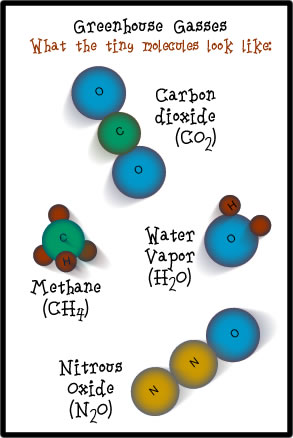
NCAR
Related links:
Movie: Explanation of Greenhouse Gases and Greenhouse Effect
Movie: Explanation of Greenhouse Gases and Greenhouse Effect
The Carbon Cycle Find out how carbon dioxide travels in and out of the atmosphere.
The Greenhouse Effect - content and activities from Project LEARN
The Greenhouse Effect
A planet's atmosphere can sometimes serve as a trap of radiant heat and energy. A photon of energy can enter, but cannot easily find its way out again, somewhat like a pinball in a pinball machine.
Certain molecules of air, called greenhouse gases, interact with energy by absorbing and re-emitting the energy. These molecules typically re-emit the energy back into the atmosphere, where it is often absorbed by another greenhouse gas molecule. Greenhouse gases include water vapor, methane, ozone, nitrous oxide, and carbon dioxide.
This feature of atmospheres is beneficial because the re-emitted energy maintains the temperature of the atmosphere, the way a greenhouse maintains warm temperatures inside the greenhouse. The greenhouse effect also helps maintain even temperatures from day to night.
An atmosphere that contains greenhouse gases can have a powerful greenhouse effect. Without its atmosphere and greenhouse gases, the surface of the Earth would be as cold as the surface of Mars. The presence of too many greenhouse gases can cause the temperature to increase out of control, however. Such is the case with the atmosphere of Venus.
Earth's greenhouse effect is growing stronger as the amount of greenhouse gases in the atmosphere increases. The additional greenhouse gases come mainly from burning of fossil fuels, which releases the gases and other air pollutants into the atmosphere. A stronger greenhouse effect is causing Earth's climate to warm.






